
Jaguar

| Name: | JAGUAR |
| Year of foundation: | 1922 |
| Founder: | William Lyons and William Walmsley |
| Belongs: | Tata Motors |
| Location: | United Kingdom: Coventry |
| News: | Read more... |
Body type:
SUVSedanConvertibleEstateCoupe
History of the Jaguar car brand
Contents History of JaguarOwners and managementActivitiesModel range1. Executive class sedans2. Compact 3 class sedans. Athlete 4. Racing class5. crossover class 6. Concept models The British car brand Jaguar is now owned by the Indian manufacturer Tata, and functions as its division for the production of comfortable premium cars. The headquarters continues to be in the UK (Coventry, West Midlans). The main direction of the brand is exclusive and prestigious vehicles. The company's products have always fascinated with beautiful silhouettes that are in harmony with the royal era. History of Jaguar The history of the brand begins with the founding of the company for the production of motorcycle sidecars. The company was called Swallow Sidecars (after the Second World War, the abbreviation SS caused unpleasant associations, because of which the company's name changed to Jaguar). She appeared in 1922. However, it existed until 1926 and changed its profile to the production of bodies for cars. The first products of the brand were cases for cars of the Austin company (sports car Seven). 1927 - The company receives a large order, thanks to which it has the opportunity to expand production. So, the plant is engaged in the manufacture of components for Fiat (model 509A), Hornet Wolseley, as well as for Morris Cowley. 1931 - The emerging SS brand introduces the first developments of its vehicles. The London Motor Show presented 2 models at once - SS1 and SS2. The chassis of these cars served as the basis for the production of other premium segment models. 1940-1945 the company changes its profile, like most other automakers, because during the Second World War, almost no one needed civilian transport. The English brand is engaged in the development and manufacture of engines for aircraft. 1948 - The first models of the already renamed brand, Jaguar, appear on the market. The car was named Jaguar Mk V. After this sedan, the XK 120 model rolls off the assembly line. This car turned out to be the fastest mass-produced passenger transport at that time. The car accelerated to 193 kilometers per hour. 1954 - the next generation of the XK model appears, which received an index of 140. The motor, which was installed under the hood, developed power up to 192 hp. The maximum speed that the novelty developed was already 225 kilometers / hour. 1957 - the next generation of the XK line is released. The 150 already had a 3,5-liter engine with 253 horsepower. 1960 - The automaker buys Daimler MC (not Daimler-Benz). However, this merger brought financial problems, which is why in 1966 the company had to merge with the national brand British Motors. Since that moment, the brand has been rapidly gaining popularity. Each new car is perceived by the world of motorists with extraordinary enthusiasm, thanks to which the models disperse around the world, despite the high cost. Not a single auto show was held without the participation of cars from Jaguar. 1972 - The British automaker's elegant and slow cars gradually take on a sporty character. This year, the XJ12 model is released. It has a 12-cylinder engine that develops 311hp. It was the best car in its category until 1981. 1981 - The updated elite high-speed sedan XJ-S he appears on the market. It used an automatic transmission, which allowed a serial car to accelerate to a record speed of 250 km / h in those years. 1988 - The rapid move towards motorsport prompted the company's management to create an additional division, which was named jaguar-sport. The purpose of the department is to bring the sporting characteristics of comfortable models to perfection. An example of one of the first such cars is the XJ220. For some time, the car occupied the top position in the ranking of the fastest production cars. The only competitor that could take its place is the McLaren F1 model. 1989 - the brand comes under the control of the world-famous concern Ford. The division of the American brand continues to delight its fans with new elegant car models made in a luxurious English style. 1996 - the production of the XK8 sports car starts. It receives a number of innovative upgrades. Among the innovations is an electronically controlled suspension. 1998-2000g flagship models appear, which were the hallmark of not only this brand, but were also considered a symbol of the whole of Great Britain. The list includes such cars from the Type series with indices S, F and X. 2003 - The first estate station wagon is launched. It was equipped with an all-wheel drive transmission, which was paired with a diesel engine. 2007 - The British sedan lineup is updated with the XF business class model. 2008 - the brand is bought by the Indian automaker Tata. 2009 - The company begins production of the XJ sedan, which was made entirely of aluminum. 2013 - another sports car appears in the back of a roadster. The F-Type has been hailed as the sportiest of the past half century. The car was equipped with a V-shaped power unit for 8 cylinders. He had a power of 495 hp, and was able to accelerate the car to "hundreds" in just 4,3 seconds. 2013 - production of the two most powerful models of the brand starts - XJ, which received major technical updates (550hp engine. accelerated the car to 100 km/h. in 4,6 seconds), as well as the XKR-S GT (track version, which took the milestone of 100 km / h in just 3,9 seconds). 2014 - the brand's engineers developed the most compact sedan model (class D) - XE. 2015 - The XF business sedan received updates, thanks to which it became lighter by almost 200 kilograms. 2019 - the elegant I-Pace electric car arrives, which won the European Car of the Year award (2018). In the same year, the flagship model of the J-Pace crossover was presented, which received an aluminum platform. The future car will have a hybrid drive. The front axle will be powered by a classic internal combustion engine, and the rear axle will be powered by an electric motor. While the model is in the concept category, but from the 21st year it is planned to release it into a series. Owners and management Initially, the company was a separate automaker, which was founded by two partners - W. Lyson and W. Walmsley in the 22nd year of the last century. In 1960, the carmaker acquires Daimler MC, but this put the company in financial trouble. In 1966, the company was bought by the national brand British Motors. 1989 was marked by a change in the parent company. This time it was the well-known brand Ford. In 2008, the company was sold to the Indian firm Tata, which still operates today. Activity This brand has a narrow specialization. The main profile of the company is the production of passenger cars, as well as small SUVs and crossovers. To date, the Jaguar Land Rover Group has one plant in India, as well as 3 in England. The company's management plans to expand the production of machines by building two more plants: one will be located in Saudi Arabia and China. Model range Over the entire history of production, models have left the assembly line of the brand, which can be divided into several categories: 1. Executive class sedans 2.5 saloon - 1935-48; 3.5 saloon - 1937-48; Mk V - 1948-51; Mk VII - 1951-57; Mk VIII - 1957-58; Mk IX - 1959-61; Mk X - 1961-66; 420G - 1966-70; XJ 6 (1-3 generations) - 1968-87; XJ 12 - 1972-92; XJ 40 (updated XJ6) - 1986-94; XJ 81 (updated XJ12) - 1993-94; X300, X301 (another update of XJ6 and XJ12) - 1995-97; XJ 8 - 1998-03; XJ (modification X350) - 2004-09; XJ (modification X351) - 2009-present 2. Compact 1.5 saloon sedans - 1935-49; Mk I - 1955-59; Mk II - 1959-67; S-Type - 1963-68; 420 - 1966-68; 240, 340 - 1966-68; S-Type (updated) - 1999-08; X-Type - 2001-09; XF - 2008-present; XE - 2015-present 3. Sports car HK120 - 1948-54; ХК140 – 1954-57; HK150 - 1957-61; E-Type – 1961-74; XJ-S – 1975-96; XJ 220 – 1992-94; XK 8, XKR - 1996-06; XK, X150 – 2006-14; F-Type - 2013-n.v. 4. Racing class XK120C - 1951-52 (the model is the winner of 24 Le Mans); C-Type - 1951-53 (the car won 24 Le Mans); D-Type - 1954-57 (won 24 Le Mans three times); E-Type (lightweight) - 1963-64; XJR (versions 5 to 17) - 1985-92 (2 wins 24 Le Mans, 3 wins in the World Sportscar Championship); XFR-2009; XKR GT2 RSR - 2010; The R model (with indexes from 1 to 5) was produced for races in the F-1 competition (details about these races are described here). 5. Crossover class F-Pace - 2016-; E-Pace-2018-; i-Pace-2018-. 6. Conceptual models E1A and E2A - appeared during the development of the E-Type model; XJ 13 - 1966; Pirana - 1967; XK 180 - 1998; F-Type (Roadster) - 2000; R-Coupe - a luxury coupe for 4 seats with a driver (a concept was developed to compete with the Bentley Continental GT) - 2002; Fuore XF10 - 2003; R-D6 - 2003; XK-RR (XK coupe) and XK-RS (XK convertible); Concept 8 - 2004; CX 17 - 2013; C-XF - 2007; C-X75 (supercar) - 2010; XKR 75 - 2010; Bertone 99-2011.
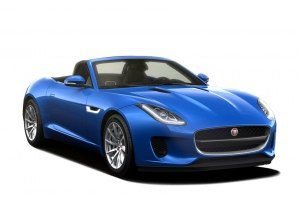
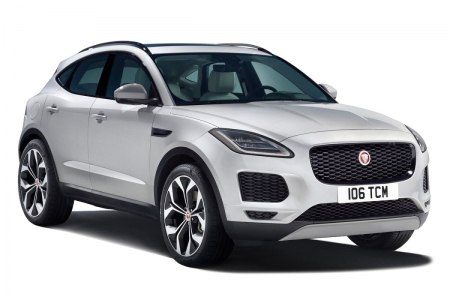

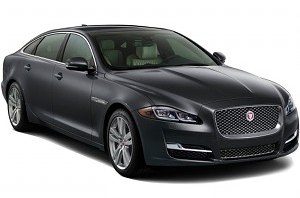
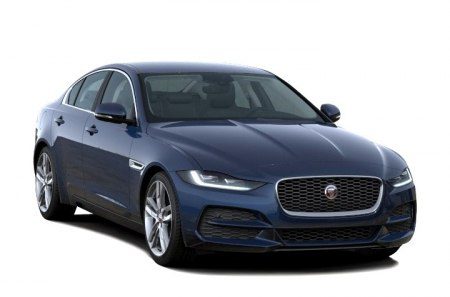
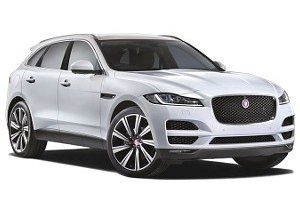


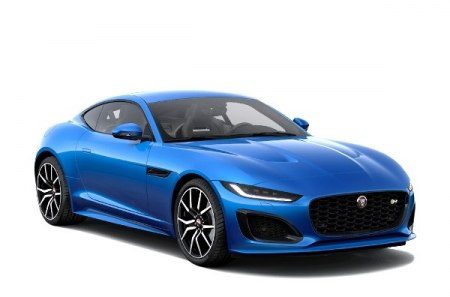

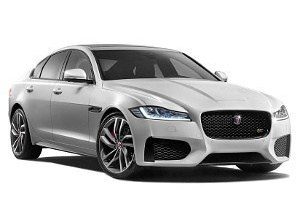



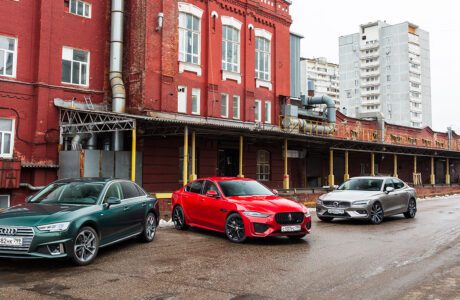

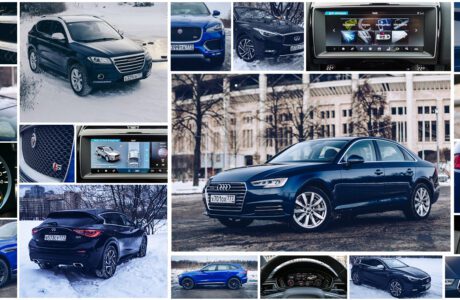
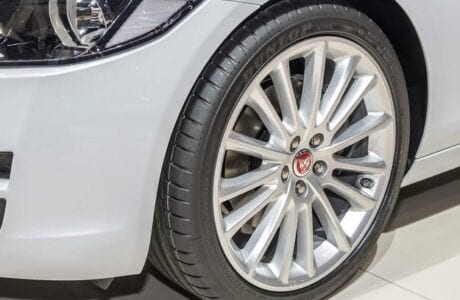

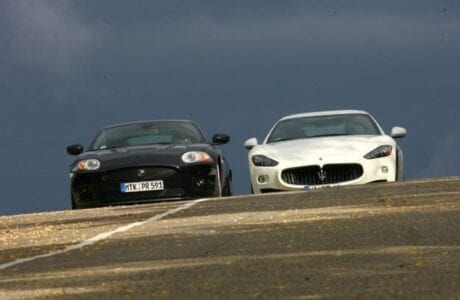
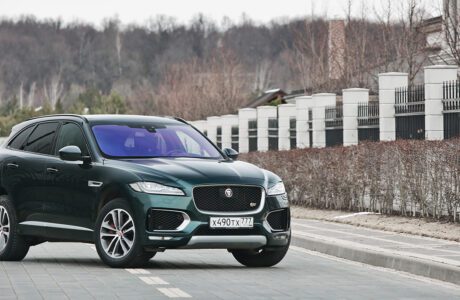

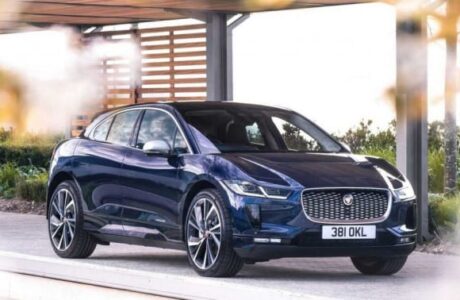
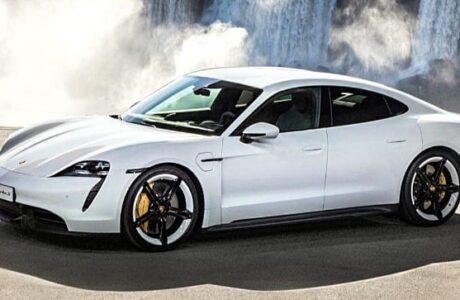
One comment
...
The Jack brand has been removed from car brands